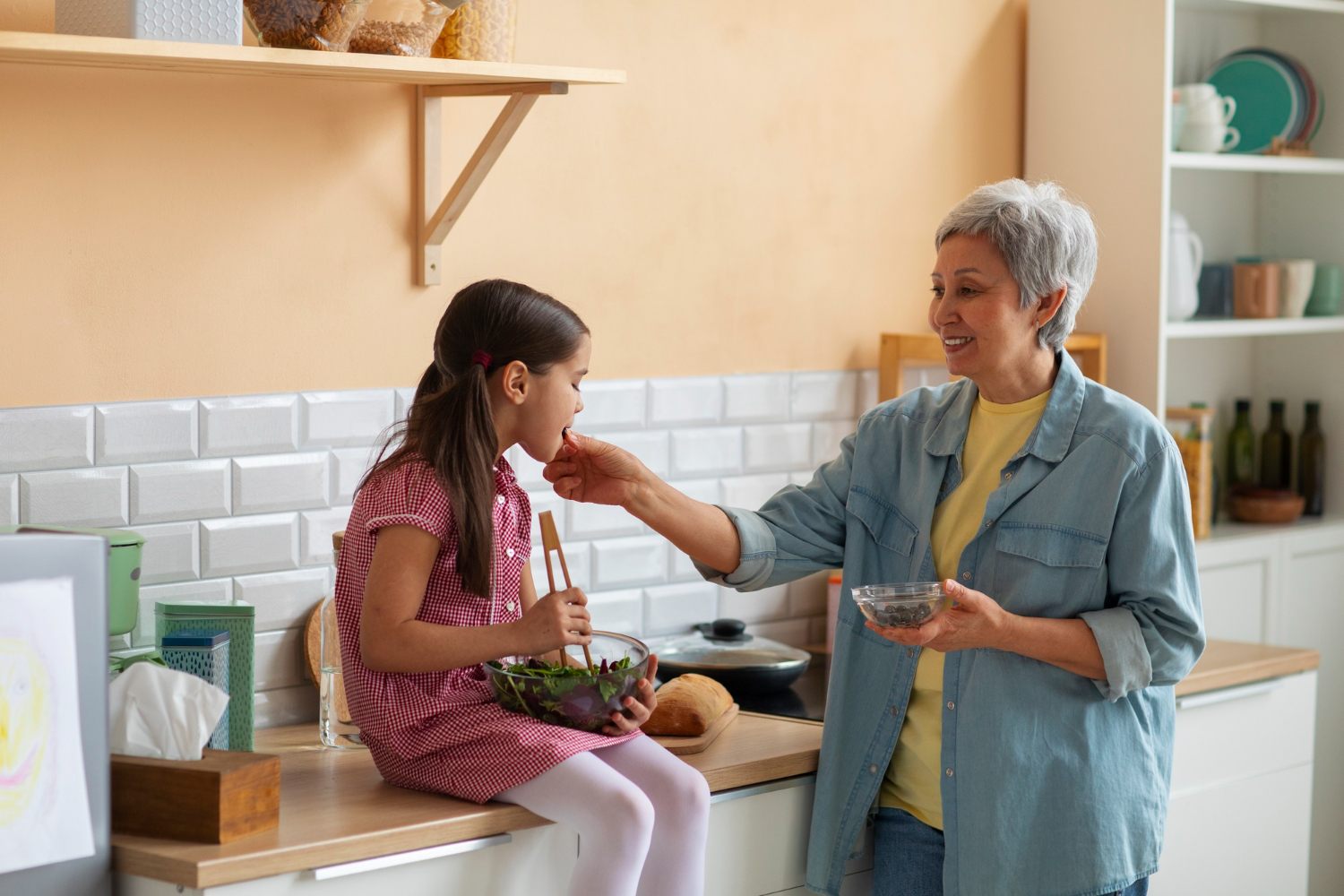How to Help Your Children Understand the Importance of Care Home Visits?
If you take your child to care homes to visit loved ones, it will be a new experience for them. Teaching the importance of care home visits is crucial for parents. Lets find out Importance of Care Home Visits.
But, the idea of visiting a care home is a delicate one – especially for children. It introduces them to a loved one and teaches them values like empathy, respect, and appreciation for different stages of life.
When children understand why these visits are meaningful, they’re more likely to embrace them. It will help them build lasting connections with older family members.
Here are some creative ways to help your children appreciate the significance of visiting family members in care homes.
1. Story Books & Illustrations
Children’s books and stories can be excellent tools to introduce the concept of care home visits. Look for age-appropriate books that depict family members living in care homes and the joy of intergenerational relationships.
After reading, ask your child what they learned from the story and how they would feel about visiting a grandparent in a care home. Stories can make the experience relatable and help ease any concerns or misconceptions they might have.
2. Games & Role Playing
For younger children, playing and role-playing can be a great way to make care home visits feel more familiar. Such activities also teach them the importance of care home visits.
Use dolls, action figures, or stuffed animals to set up a miniature care home and role-play different scenarios. A good example would be greeting a grandparent or engaging in a simple conversation.
This helps children visualize what to expect and gives them confidence in interacting.
You can even switch roles, allowing your child to be the “visitor” while you play the role of the resident, showing them how to respond with kindness and interest.
3. Visit Preparation Kit to Encourage Creativity
Create a special “Visit Preparation Kit” with your child that includes items to bring during each visit. The preparation kit can include a small notebook, colorful pens, a camera, and a small gift for their grandparent or relative.
Let your child pack and personalize the kit for each visit. This activity gets them excited and helps them feel responsible for making the visit enjoyable.
It’s a tangible way to involve them in the process and emphasize the effort that goes into making these moments special.
What’s more, you can even visit the care home’s website, such as Morris Care, beforehand, and your child can look at the facilities before visiting to get them prepared.
4. Create a “Visit Bingo” Game
To add a fun element to the visit, create a simple “Visit Bingo” game. Create bingo cards with different activities or observations, such as “hear a story from the past,” “share a favorite joke,” or “see a family photo on the wall.”
As you go through the visit, your child can check off items from the card. This game encourages your child to pay attention, engage actively, and interact with their relatives, making the visit more structured and entertaining.
5. Build a Sense of Anticipation with a Countdown Calendar
Create a countdown calendar for care home visits to build excitement and anticipation. Mark the days until the next visit, and use stickers or drawings to count down together.
You can also add small notes or drawings on each day. Make the notes represent things your child is looking forward to or plans to share with their loved one.
This approach makes the visit feel like an event to anticipate. It shows that it’s a valued part of your family routine.
6. Create a “Helping Hand” Activity
Help your child understand that visiting a loved one is also about lending a helping hand. Create a list of simple tasks they can do to assist during the visit. These tasks can include helping with a puzzle, reading aloud, or organizing a small craft.
Assign these “helping hand” tasks ahead of time so your child feels a sense of purpose. After the visit, talk about how their actions made a difference.
Emphasizing this ” helper ” role can make the visit feel meaningful and rewarding.
7. Turn Visits into a “Discovery Quest”
Turn each visit into an adventure by creating a “Discovery Quest” with different themes.
For example, encourage your child to ask about their grandparent’s childhood hobbies. This should build up the expectation for the next one. On the next visit, focus on learning about their favorite books or songs.
Let your child document their discoveries in a “Family Quest Journal.”
This activity keeps visits engaging and helps build a deeper connection and appreciation for their relative’s life experiences.
8. Explain the Power of Presence Using Real-Life Examples
Use real-life examples to help children understand how much their presence means. Share stories of people who make a positive impact simply by visiting others. Therapy animals visiting hospitals or volunteers spending time with the elderly are good examples. Such examples and explanations help teach the importance of care home visits.
Explain how sitting and talking can lift someone’s spirits and make a difference in their day. Relating the concept to other real-life situations can help children understand the power of presence and kindness.
9. Create a “Visit Journal” with Your Child
Create a “Visit Journal” with your child, where they can write or draw what they enjoyed about each visit.
This could include a funny story their grandparent shared, a new game they played, or a special moment they want to remember.
Review the journal together before each visit. It should remind your child of the positive experiences and build excitement for what new memories will be made.
The journal also serves as a great keepsake that you can look back on together in the future.
10. Highlight the Role of Family Storykeepers
Explain to your child that by visiting their grandparents or elderly relatives, they’re becoming “Family Storykeepers”—people who preserve and share family stories for future generations.
Encourage them to ask about favorite family traditions, meaningful objects, or special recipes. They can record these stories through drawings, voice recordings, or videos. This sense of participation in family history helps children appreciate the importance of maintaining connections and cherishing shared memories.
To Making Memories!
Making your child understand the importance of care home visits is immensely important. However, it requires parents to build up patience, use their creativity, and use open communication.
By making the experience personal, engaging, and interactive, you can transform visits into something they look forward to and treasure. These strategies not only foster empathy and understanding but also create lifelong memories and strengthen family bonds across generations.
With your guidance, care home visits can become joyful and enriching experiences that both children and their elderly relatives cherish for years to come.
Read More:
- Top 15 Best Liquid Vitamins For Women in 2024
- Top 10 Best Weight Watchers Scale in 2021
- Top 10 Best Portable Oxygen Tanks in 2024



